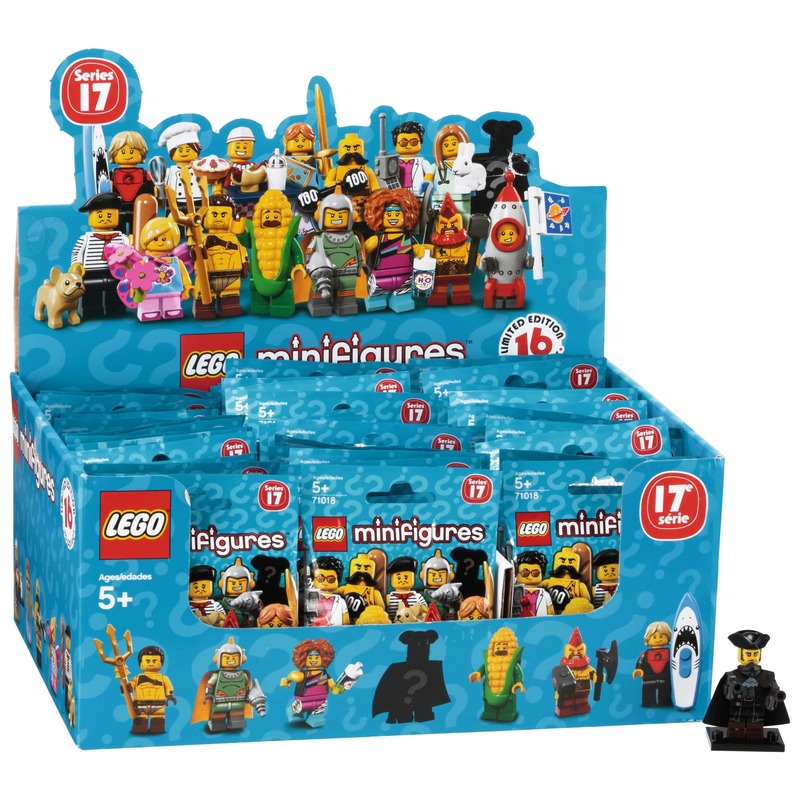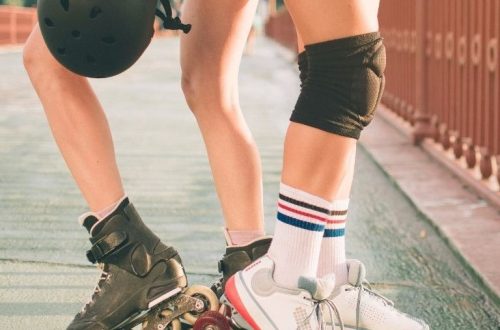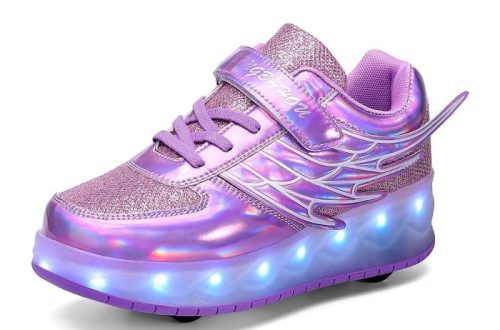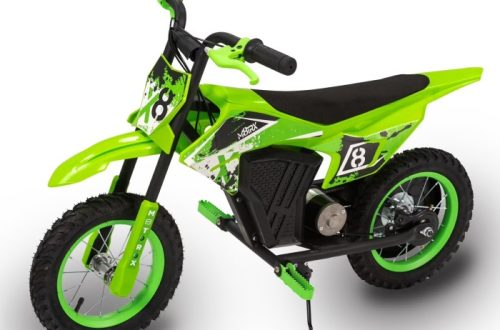The History of Lego Figures
Lego figures, also known as minifigures, have a rich history that dates back to 1978. These small, articulable characters provided a new level of playability to the already popular Lego bricks. The first ever lego figure was a small, faceless, non-moving character. This design was simple, yet it paved the way for the diverse and expressive figures we know today.
In 1978, Lego introduced the modern minifigure. It had movable arms, legs, and a simple smiley face. This figure revolutionized the way children could interact with their Lego sets. They could now create stories and bring their imagined worlds to life with characters that had personalities.
Over the years, lego figures evolved with the introduction of countless new designs. These designs reflected occupations, fictional characters, and even famous personalities. The additions of new parts, like hats, hairpieces, tools, and unique costumes, made Lego figures even more versatile.
In the 1980s, Lego began to explore licensing agreements, leading to the first themed figures from beloved franchises. This marked a turning point both for Lego and for fans who could now combine their love of various pop culture icons with their passion for building.
The lego figures also evolved in terms of detail and realism. As printing and molding techniques improved, faces and bodies saw more intricate designs. The turn of the century introduced figures with multiple facial expressions and detailed costumes, which attracted not just kids, but adult collectors as well.
These pivotal milestones in the history of lego figures illustrate how a simple toy became an essential part of the Lego ecosystem, one that continues to captivate the imaginations of young and old builders alike.
Types of Lego Figures
Lego figures come in various shapes and sizes, catering to different themes and interests. From the classic smiling minifigure to the intricate designs of today, the range is vast.
Standard Minifigures
Standard minifigures are the backbone of any Lego collection. They feature the iconic, customizable design with a head, torso, legs, and often accessories like hats or tools.
Themed Figures
Themed Lego figures align with specific sets, like space explorers, knights, or city workers. These figures often come with unique accessories and attire that match their environments.
Licensed Characters
Lego’s partnerships with movie franchises, and comic books have produced figures of famous characters. Fans can enjoy Lego figures from their favorite stories.
Collectible Series
Lego periodically releases collectible minifigure series. These limited-edition figures often have unique, detailed designs. They are highly sought after by collectors.
Duplo Figures
Designed for younger builders, Duplo figures are larger and easier to handle. They fit within the Duplo line of building sets.
Advanced Models
For skilled collectors, advanced models bring a higher level of complexity. These lego figures might feature detailed articulation or realistic accessories.
Each type of lego figure enhances the building experience. They bring stories to life and allow builders to customize their creations. As integral parts of Lego sets, lego figures continue to evolve, offering new opportunities for play and collection.
The Design Process of Lego Figures
The creation of Lego figures is an intricate process that combines creativity with precision engineering. Let’s delve into the steps involved in designing these beloved miniatures.
Conceptualization
It all starts with an idea. Designers brainstorm to come up with themes and concepts that resonate with Lego fans. These concepts may be original or based on popular culture.
Sketching
Once a concept is approved, artists sketch the lego figures, detailing their appearance. These sketches consider the figure’s role, accessories, and how it fits into its Lego world.
Modelling
Next, 3D models are created from the sketches. The modelling ensures that all parts fit together well. Legos are known for their precision, so this step is crucial.
Prototyping
Prototypes are then made, often using 3D printing or hand-crafted moulds. These prototypes are tested for durability, functionality, and aesthetics.
Manufacturing
Once final designs are set, manufacturing begins. This involves precision moulding and painting, staying true to the iconic lego figures’ quality and look.
Quality Control
Last, each figure goes through strict quality control. Lego figures must pass safety standards and look consistent before they reach consumers.
Every lego figure reflects a commitment to creativity and excellence, ensuring builders have the perfect characters for their creations. From standard minifigures to the most intricate licensed characters, each undergoes a dedicated design process to bring joy to builders around the world.
Customizing Your Own Lego Figures
Customizing lego figures is a delightful aspect of Lego play. It allows enthusiasts to express creativity beyond the standard sets. Many enjoy personalizing their minifigures, turning them into unique characters.
Begin with the basics. Swap heads, torsos, legs, and accessories from different figures to start. This simple mix-and-match method gives immediate and surprising results. You can create a knight with an astronaut’s helmet, or a doctor with a superhero cape – the possibilities are endless.
Next, consider painting your lego figures. Use non-toxic paints to add patterns, logos, or outfits. Make sure your figures are clean and dry before you start. Apply thin layers and allow them to dry fully.
Additionally, custom stickers add flair to your figures. Cut small pieces of adhesive vinyl to create logos or intricate designs. Stick them onto the flat surfaces of your figures for an instant update.
3D printing opens up a world of possibilities. Design your own accessories or facial features, then print them to fit perfectly with your Lego sets. Remember to measure the pieces for accurate fitting.
Lastly, for those skilled at crafting, sculpting new parts from clay promises a fully custom experience. Once hardened and painted, they can bring your most imaginative ideas to life.
Remember to have fun and experiment. Customizing lego figures is about making something special that reflects your personality or interests. Share your creations with the Lego community and inspire others with your designs.
The Role of Lego Figures in Pop Culture
Lego figures have become staples in pop culture across the globe. These charming minifigures are not just toys but also icons that represent the vast universe Lego has created. By collaborating with movie franchises, comic books, and historical narratives, Lego has solidified its presence in the world of entertainment and beyond.
In movies, lego figures are often associated with blockbuster hits. Whether through the ‘Lego Movie’ franchise, which directly features them as the main characters, or through toy lines of popular films, Lego creates a meaningful connection with fans of all ages. As part of these ventures, character figures become collectibles and cherished memories linked to cinematic experiences.
In the realm of gaming, video games like ‘Lego Star Wars’ and ‘Lego Marvel Superheroes’ have incorporated lego figures into the gameplay, further blending the digital and physical worlds of gaming and building.
Comic conventions and fan events frequently showcase large-scale replicas made from Lego bricks and figures, symbolizing pop culture milestones. These events also introduce exclusive lego figures, drawing in collectors eager to snag limited-edition mini builds.
TV shows have also picked up on the trend, with reality competitions like ‘Lego Masters’ turning lego figure and set building into a televised art form. This demonstrates the versatility of Lego and the central role these figures play in competitive creativity and storytelling.
Social media influencers have keyed into this trend, with numerous channels dedicated to showcasing custom lego figure builds, and often tie these miniatures to current pop culture references.
The influence of lego figures in pop culture doesn’t just reflect the current trends, but it also shapes them, creating a dynamic interchange between Lego fans and the broader entertainment industry.
Collecting Lego Figures: Tips and Tricks
Collecting lego figures can be a rewarding hobby. Here are some fundamental tips and tricks to help you on your way to becoming a seasoned collector.
Start With a Focus: Decide what interests you most. Is it rare minifigures, themed sets, or something else?
Be Informed: Research is key. Learn about release dates, rarity, and typical pricing to make informed choices.
Check for Authenticity: Ensure the lego figures you’re buying are genuine Lego products. Watch for trademarks and quality.
Mind the Condition: The value of lego figures greatly depends on their condition. Look for well-preserved items, preferably unopened.
Organize Your Collection: Keeping your figures sorted helps in maintaining them and showing them off to others.
Patience is Paramount: Some lego figures are hard to come by. Patience can lead to finding them for reasonable prices.
Budget Wisely: It’s easy to get carried away. Set a budget for your hobby to avoid overspending.
Secure Your Sets: Proper storage can protect your lego figures from damage and keep them in pristine condition.
Join a Community: Connect with other collectors for support, trade opportunities, and exclusive leads.
Enjoy the Process: Above all, have fun. Collecting lego figures is about the joy of the hunt and the satisfaction of display.
By following these tips, you can navigate the world of Lego collecting with confidence and build a collection that’s both personal and impressive.
Building Techniques for Advanced Lego Figure Creations
Mastering advanced building techniques can elevate Lego figure creations to a new level. Here’s how you can enhance your skills:
- Study Expert Builds: Look at complex models created by Lego professionals. Notice their methods and try to replicate them.
- Learn SNOT Techniques: SNOT stands for Studs Not On Top. It’s about placing Lego pieces sideways or upside down to achieve new shapes. It requires skill but results in smoother, more detailed figures.
- Use Rare Parts: Search for uncommon Lego parts. Specialty elements can add a unique touch to your creations.
- Combine Sets: Don’t limit yourself to one set. Combine parts from various sets to expand your possibilities.
- Experiment With Articulation: Adding more points of articulation can make your figures more lifelike. Use hinge and ball joint pieces to give your figures dynamic poses.
- Apply Advanced Color Schemes: Use contrasting colors or rare color pieces to make your figures stand out.
- Incorporate Non-standard Items: Beyond Lego’s catalog, use everyday objects to add interesting details. Things like wires or fabric can turn a standard figure into a masterpiece.
- Create Custom Decals: Designing and applying custom decals can bring intricate details that standard Lego figures may lack.
- Invest in Good Tools: To manipulate small parts, high-quality tools are essential. Precision tweezers and cutters can make a big difference.
- Practice, Practice, Practice: Like any skill, becoming proficient in advanced Lego building techniques takes time and patience.
By employing these advanced techniques, your Lego figure creations will be more detailed, expressive, and personal. Remember to keep experimenting and have fun with your builds!
The Future of Lego Figures: Trends and Innovations
As Lego continues to innovate, the future of lego figures points to exciting trends. Advanced technology and rising demand for personalization are steering developments.
Digital Integration
Expect lego figures to embrace digital technology even more. Interactive apps could bring figures to life, blending physical and virtual play. This integration aims to enhance storytelling and provide dynamic play experiences.
Sustainability
Lego is committing to sustainable production methods. Future figures might come from eco-friendly materials, reducing environmental impact. Lego’s goal is to balance fun with sustainability.
Personalization
3D printing is rising, so personalized lego figures could become mainstream. Customers might soon design their own figures online and receive them printed to order. This trend will allow unique customization at a whole new level.
Inclusivity
Diversity and representation matter to Lego. We’ll likely see a broader range of figures showcasing different cultures, abilities, and more. Lego aims to reflect and celebrate the diversity of its fans through its figures.
Augmented Reality
Augmented reality (AR) could transform how we play with figures. Imagine pointing a smartphone at your figures to unlock new content. AR can create immersive storylines for each figure.
Collector’s Editions
Limited-edition lego figures are likely to keep growing in popularity. Collectors could expect more rare and exclusive releases, maybe even with premium materials. High-quality, limited-run figures will continue to excite adult collectors.
Smart Figures
Lego may develop ‘smart’ figures with built-in technology. Figures with microchips could interact with their environment or other figures. These smart figures could open up new play dimensions.
These developments promise to keep figures at the edge of innovation. Fans can look forward to new ways to engage with their favorite mini characters. From play to collection, figures will continue to inspire imagination globally.





